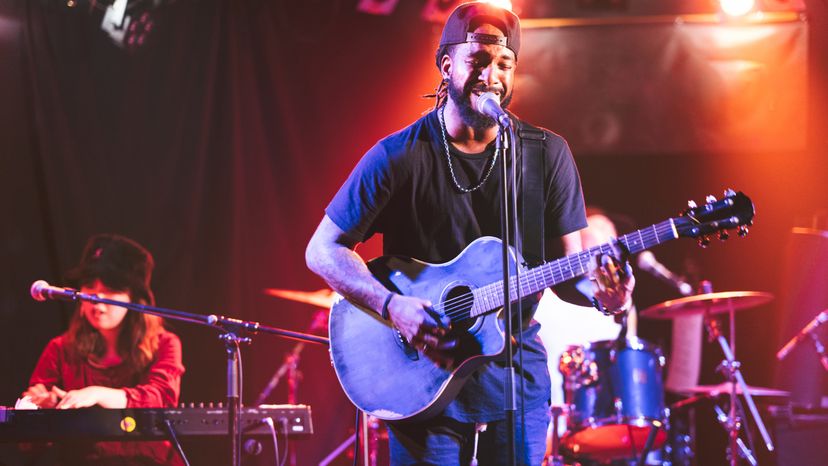Whenever I think of Johnny Marr, I’m reminded of an interview with fellow British rocker, Noel Gallagher, and his quote about Marr. “You can sit round the house and have a strum of Smiths songs, but you can’t actually play them, no one can.” That pretty much sums up Marr’s reputation as a guitarist.
Johnny Marr got his start with The Smiths at the ripe age of 19 and was the driving force behind their short, up-tempo, driving tracks. Marr’s layered and overdubbed guitars never took over the mix, but were the perfect thing to support the singer. Marr isn’t known for being a classic “guitar hero.” Sure, he can solo with the best of them, but not much of his work in The Smiths, Modest Mouse, or his solo stuff features any lengthy guitar solos. Marr is all about supporting the vocalist and not muddying up the mix or taking centre stage with his playing.
Johnny Marr created a whole new way of playing chords, manipulating major and minor chords in his own way, so that they took on a whole new sonic coloring. Utilizing capoed-open chords and unorthodox finger positions allowed Marr to create chord progressions and arpeggios never before heard. His riffs involve so many fast paced notes, few can actually play them correctly. Check out this clip from the 2010 BBC documentary “I’m In A Rock ‘n’ Roll Band,” in which a couple of Marr’s contemporaries talk discuss how learning the riff was considered a badge of honor.
Hiding in the shadows on stage and hiding in the background of the mix has made Johnny Marr one of music’s most prominent underrated guitarists. It’s time we welcome him to center sage and gave him his due.
https://www.guitarworld.com/uncategorized/dear-guitar-hero-submit-your-questions-johnny-marr Source: Guitar World
